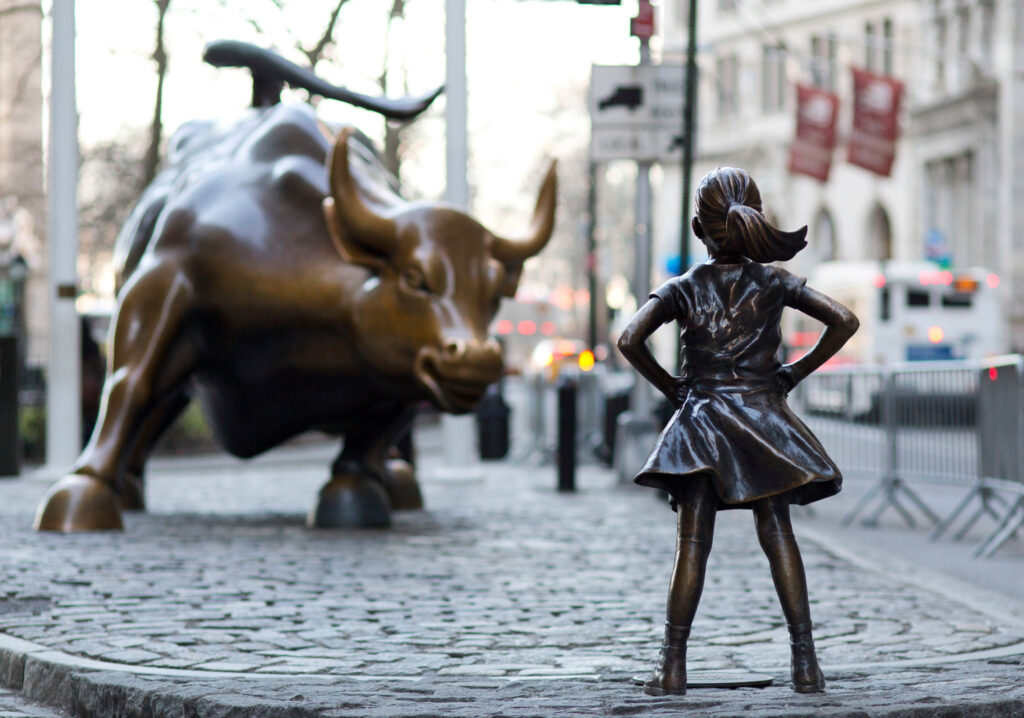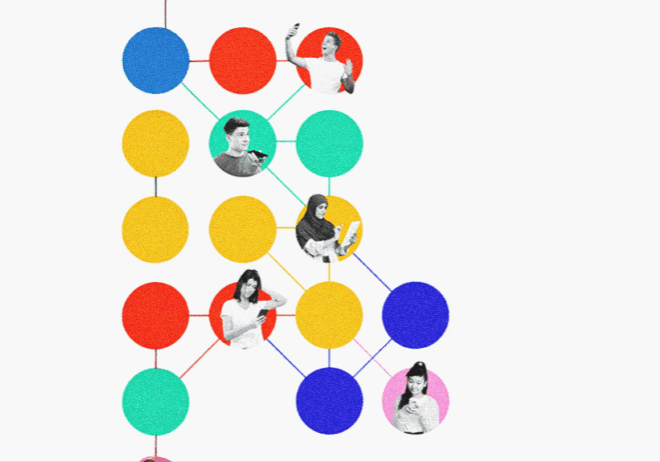
5 Ad Campaigns Led by Women in Advertising That Go Beyond Stereotypes
When women hold most of the marketing jobs, why have women in advertising not gained the same status?
Yes, that’s an ongoing challenge. While women CMOs are prevalent, women creative directors are few and far between. Women have significant power as consumers. They run households and purchase accordingly. Still, only about 12.6 percent of creative director positions are held by women.
Nonetheless, women in advertising have been breaking and reshaping the narratives, challenging stereotypes, and giving underrepresented voices a platform to be heard.
Today, we are diving deep into the phenomenal campaigns led by women that prove advertising can be more than just selling — it can change perspectives, start conversations, and redefine what’s possible.
The Tampon Book by The Female Company
Are you aware of the pink tax? Pink tax is a form of gender-based price discrimination and an unfair economic practice. It affects the most basic right to have hygienic sanitary services for menstruation.
In 2019, The Female Company, a German brand selling organic feminine hygiene products, challenged the absurd “luxury tax or Pink tax” imposed on tampons. While products like caviar and truffles were taxed at a reduced 7%, tampons carried a 19% tax.
Enter Nadja Lossgott and Laura Rogers from AMV BBDO with an ingenious solution: The Tampon Book.
They packaged tampons inside an actual book, which was taxed at the lower 7% rate, bypassing the tax entirely. The book sold out within a day and was filled with feminist stories and bold illustrations, making a statement impossible to ignore.
The impact was ginormous. The Tampon Book sold over 10,000 copies in just a few days. The campaign led to a national conversation, resulting in Germany abolishing the tampon tax in 2020. It bagged over 20 awards at major advertising festivals, including Cannes Lions and D&AD.
Dream Crazier by Nike
Women in sports are often told they are “too emotional” or “too ambitious.” Nike’s “Dream Crazier” campaign, narrated by tennis icon Serena Williams, celebrates women who push boundaries and challenge the status quo in sports.
The campaign highlights moments when female athletes were criticized for being too emotional, too demanding, or too competitive and shows how these so-called “flaws” are actually their strengths.
Wieden and Kennedy brought this bold vision to life with a powerful montage featuring athletes like Simone Biles, Ibtihaj Muhammad, and Caster Semenya, all pushing limits in their respective fields.
Within a few days, the ad had over 6.5 million views. It sparked a conversation about gender biases in sports and beyond. Nike’s women’s line significantly boosted engagement and sales following the campaign.
Fearless Girl by State Street Global Advisors
Powerful imagery can say umpteen words to spark a revolution. That’s precisely what happened with “Fearless Girl,” a bronze statue of a young girl standing defiantly in front of Wall Street’s Charging Bull. The campaign, led by Lizzie Wilson and Tali Gumbiner from McCann New York, wasn’t just about symbolism — it was a call for gender diversity in corporate leadership.
Unveiled on International Women’s Day in 2017, Fearless Girl demanded attention and got it. She stood tall, staring down the bull, challenging male dominance in the financial sector and beyond.

The statue gained massive media attention, generating over $7.4 million in free media coverage within 12 weeks. Following the campaign, more than 300 companies added women to their boards.
It became an enduring symbol of female empowerment, sparking similar initiatives globally.
Real Beauty Campaign by Dove
Dove is more famous for its “Real Beauty” ad campaigns than its products. The campaign was a breath of fresh air in a world where unattainable beauty standards dominated advertising. Launched in 2004 by Janet Kestin and Nancy Vonk from Ogilvy Toronto, it aimed to challenge the narrow definition of beauty by showcasing real, unretouched women of all shapes, sizes, and ethnicities.
From billboards to viral videos, Dove flipped the script by celebrating diversity and encouraging women to embrace their natural beauty. “Evolution,” one of the campaign’s most iconic ads, exposed how unrealistic beauty ideals are manufactured.
The campaign boosted Dove’s sales from $2.5 billion to $4 billion within three years. “Evolution” alone garnered over 20 million views in its first year, sparking a global conversation about beauty standards. The campaign became a benchmark for authenticity in advertising, influencing countless brands to follow suit.
#LikeAGirl by Always
What does it mean to do something “like a girl”? For years, it was used as an insult — until Always, P&G’s brand of menstrual hygiene products flipped the narrative with their “#LikeAGirl” campaign. Spearheaded by Judy John, former CEO & CCO at Leo Burnett Canada, the ad asked young girls and boys to demonstrate what it means to run, throw, or fight “like a girl.”
The results? Young girls showcased strength and confidence, while older participants, influenced by societal norms, portrayed weakness and inferiority. This mighty contrast struck a chord globally, igniting a movement that redefined the phrase and empowered young girls to embrace their abilities.
The campaign garnered over 85 million views worldwide in its first three months. It led to a 20% increase in purchase intent for Always products. #LikeAGirl became a viral hashtag, sparking global conversations about female empowerment.
The truth of women in advertising and why it matters
Women might be the brains behind some of the most culturally impactful campaigns, but they’re still fighting for a seat at the table. And in a world where women make 85% of consumer purchasing decisions, isn’t it a bit ironic that the creative minds shaping these messages don’t reflect the audience they’re trying to engage?
The Advertising Association’s All In Census 2024 revealed that women hold only 26% of C-suite roles in advertising and marketing agencies. Even worse, the numbers for women of color are in the single digits, highlighting the intersectional challenges that persist. Oh, DEI raises eyebrows.
Representation in creative leadership matters as it is not about ticking diversity boxes. It’s about authenticity, relevance, and impact. When women occupy creative leadership roles, brands are better equipped to understand and connect with their audiences.
Female leaders bring fresh perspectives, nuanced storytelling, and an innate understanding of consumer behavior that resonates on a deeper level.
Cut to the chase
Women in advertising are changing mindsets, challenging norms, and giving a voice to those who’ve been overlooked for far too long. From tampons packaged as books to statues that stare down bulls, these campaigns prove that when women lead, the world listens.

